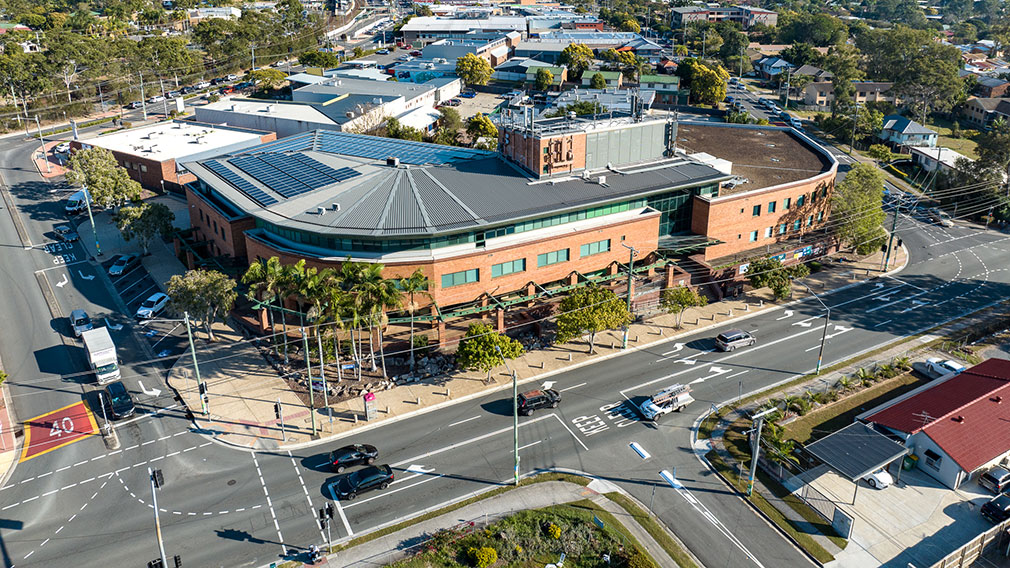HOME OPEN: Stamp duty reform has huge potential benefits
Westpac's Matthew Hassan discusses proposed stamp duty reform in New South Wales (Josh Wall)
After years of talk, we're finally seeing some action on stamp duty reform, with the New South Wales government taking a first step this week.
There's a lot to like about the plan, but still a long way to go with major stumbling blocks likely along the way.
The state government’s proposal gives first home buyers the option to pay an annual land tax of $400, plus 0.3 per cent of the land value of the property, rather than pay stamp duty, as long as the purchased property is valued at under $1.5 million.
Stamp duty reform, in the form of a land tax, offers some huge potential benefits. The biggest, for first home buyers looking to get into the market, is that they don't have to raise such a big deposit to pay for those upfront transaction costs.
But the changes could be much more far reaching than that.
Removing such a major upfront cost would encourage more activity in the property market, in turn promoting greater mobility within the economy, which boosts productivity.
It could also give a much-needed boost to the supply of new homes because a tax based on land value, rather than the property itself, is likely to encourage higher-density developments.
And it would also help to stabilise state government finances, which would no longer be tied so closely to boom-and-bust cycles in the property market.
However, even with all these potential benefits, reform won’t be a silver bullet for the property market. There will still be significant issues around affordability. You only have to look across the ditch at New Zealand, which has no stamp duty, but struggles with the same affordability issues as Australia.
There’s still a long way to go, with more far-reaching reform dependent on getting fiscal backing from the national government. Still, in our view it’s a policy reform worth pursuing.



